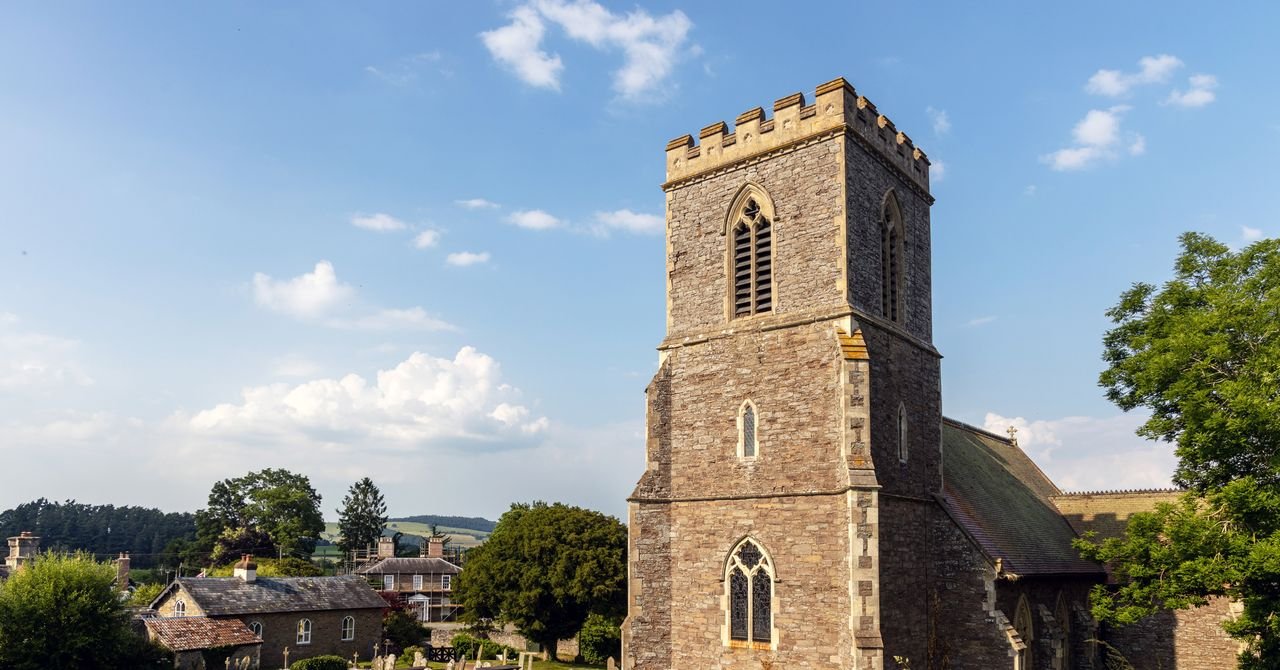In many churches, where cash is often short, the switch to a heat pump may be done out of necessity. The staff at St Peter Mancroft Church in Norwich, who already had solar panels, chose to jump into a heat pump system when one of their old gas boilers failed.
“The church decided it was a good time to try and commit to it,” says Nicholas Jackson of architectural design firm Nicholas Wanberg Ltd. Jackson is also a clothing officer for the church. Last year, two table-like, upward-facing air source heat pumps were installed in a small yard next to the 15th-century building. These connect to an Edwardian cast iron radiator system, and the heat pump is currently running at a COP of 4.
The church also opted for a battery storage system. Jackson says he’s still not sure how heat pumps will cope during a truly cold winter — a gas boiler remains as backup.
“We were very fortunate to be one of the early adopters of some of these things,” says Pastor Reverend Edward Carter. He further stated that there is an “Earth Chapel” within the church, which aims to focus Christian minds on the importance of the environment. “We’re trying to say something here to the city of Norwich and maybe the wider world,” says Carter.
Churches are far from the only community-focused buildings in Britain that are currently reimagining the way they work. Village halls, covered markets and public transport hubs are also, in some cases, installing solar panels, LED lighting and electric heating systems.
However, for some believers, the spiritual component of decarbonization is important. There is something deep at work here, and perhaps this kind of enthusiasm could accelerate society’s broader transition toward clean technologies. Knott’s opinion is that Christians should be inspired by Scripture to care for the planet.
“We’re not jumping on the bandwagon,” he says. “This has been a message for 2,000 years.”
